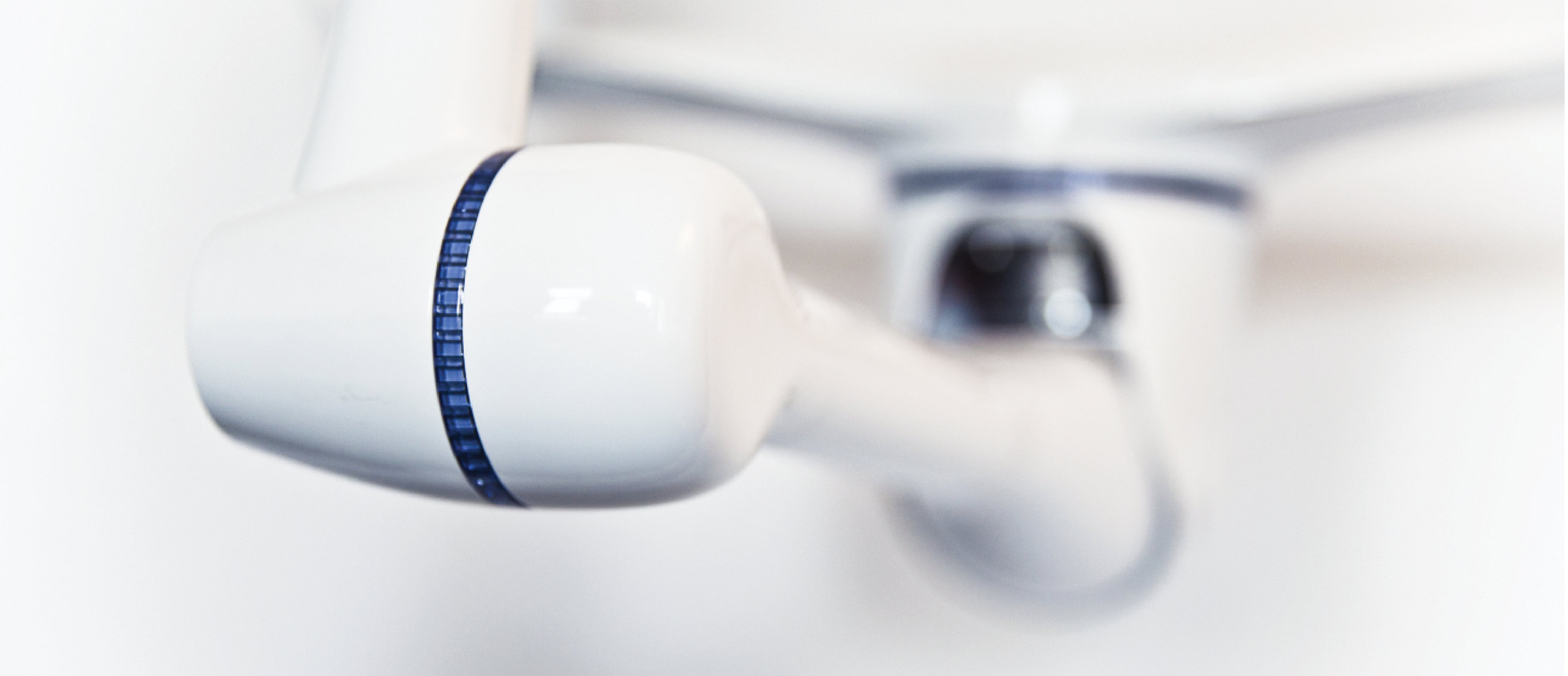SURGICAL ROBOTICS
| Client | Imperial College London |
| Sector | Medical |
Smallfry worked closely with Imperial College London to discover how robots will affect our working lives. We are so focused on how robots are rapidly replacing us in the work force that we often forget that behind those robots there is still a person in control. This creates a new facet of design – the merging of robotics and human-centred design.
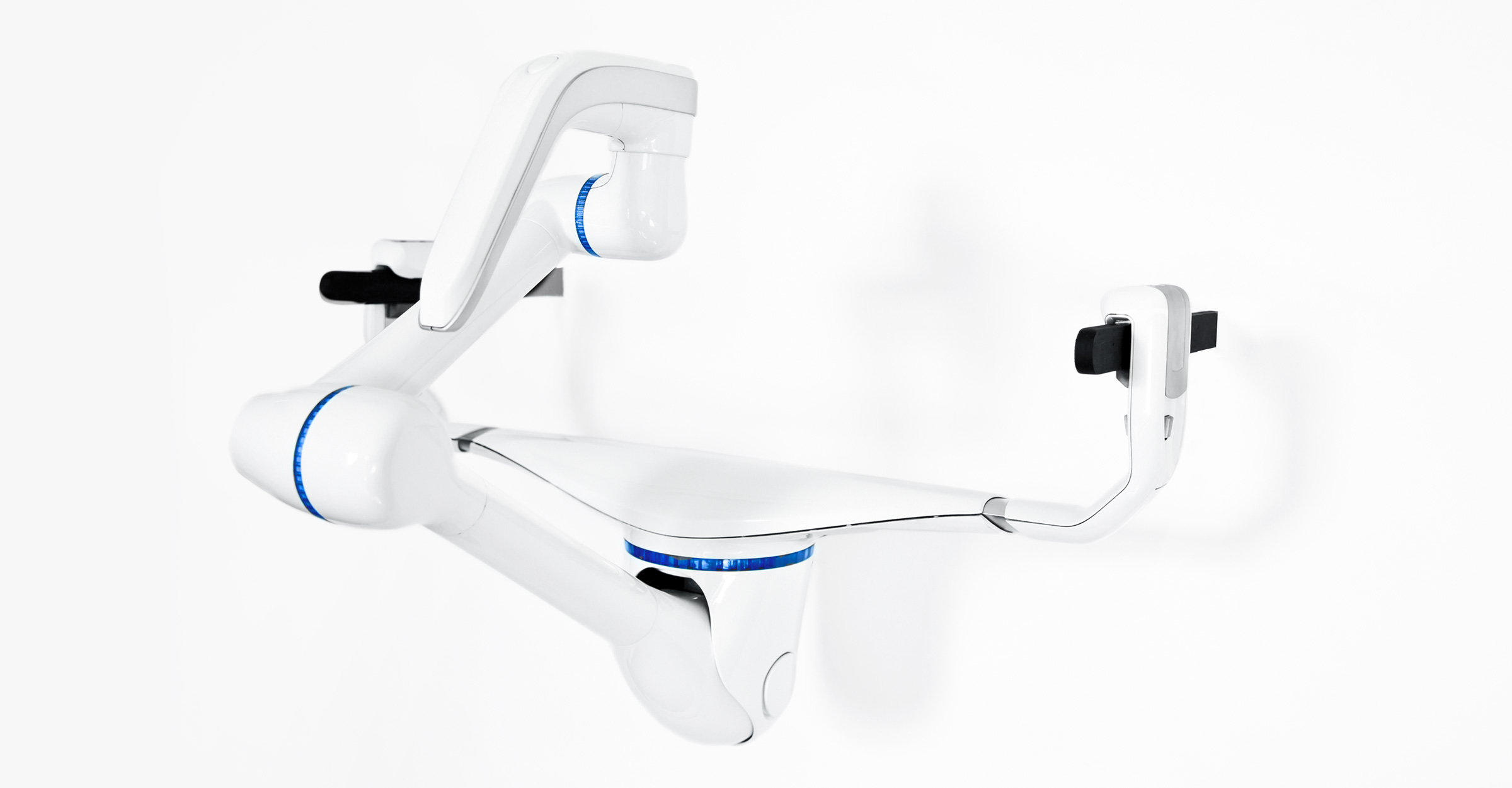
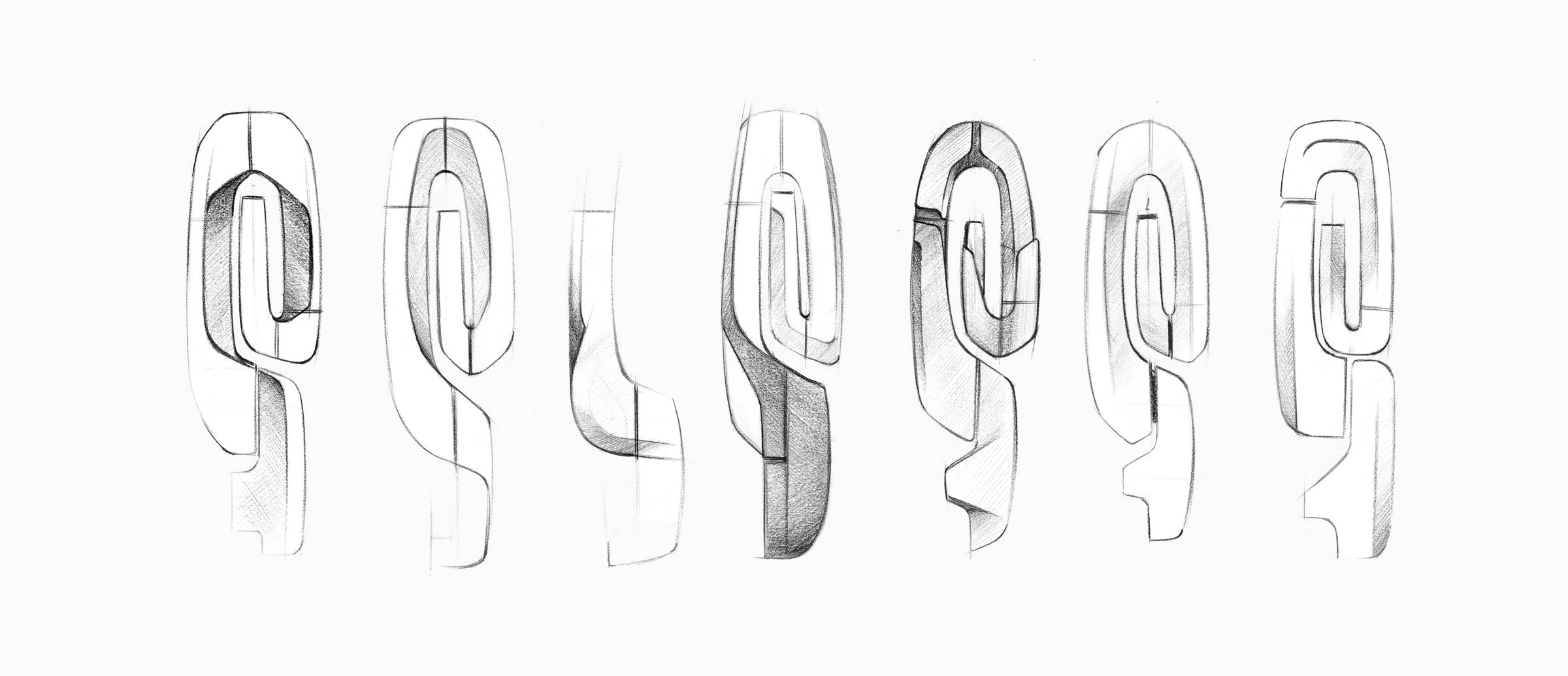

Partnering with Imperial College London, we took on the challenge of discovering how robots will affect our working lives. Initially, we expected the user-centred design process to become easier. All the problems surgeons face would be solved with the robot, right? Wrong.
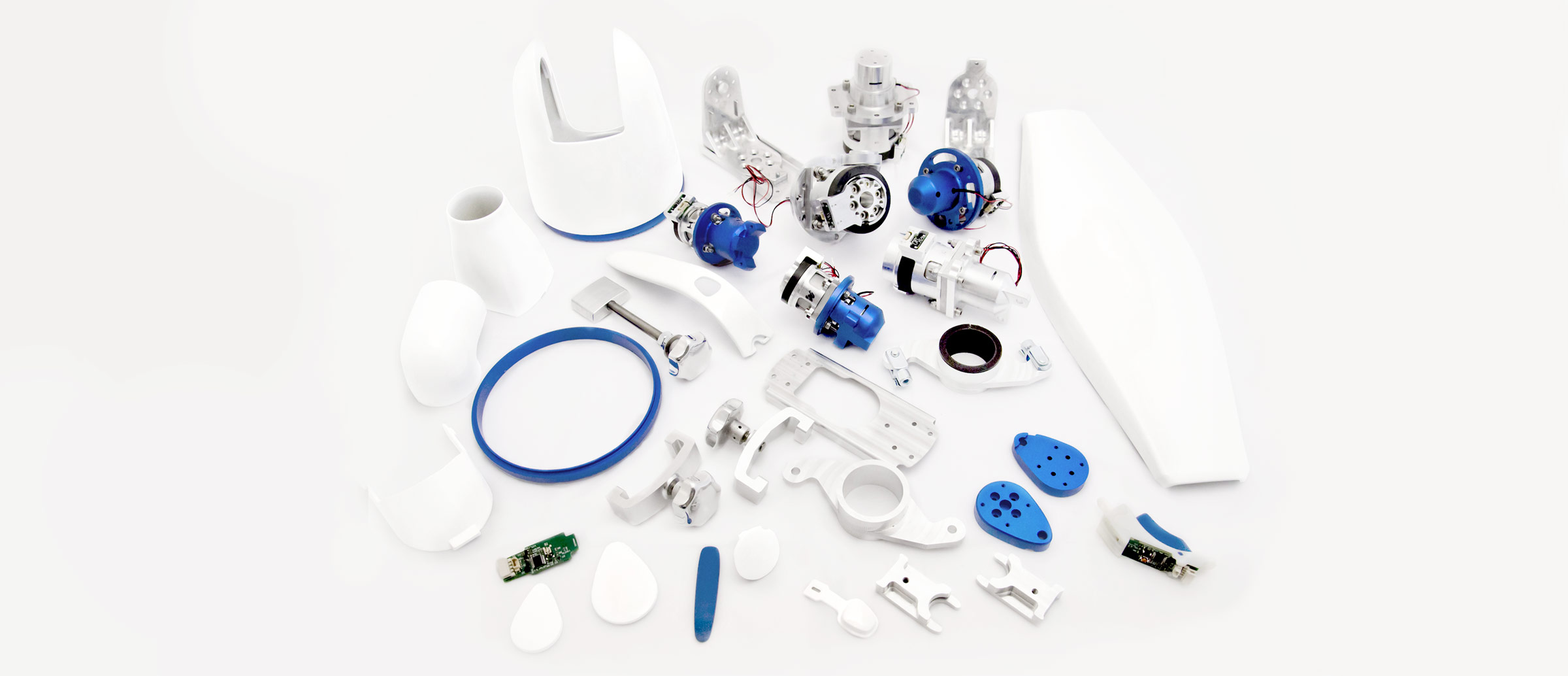
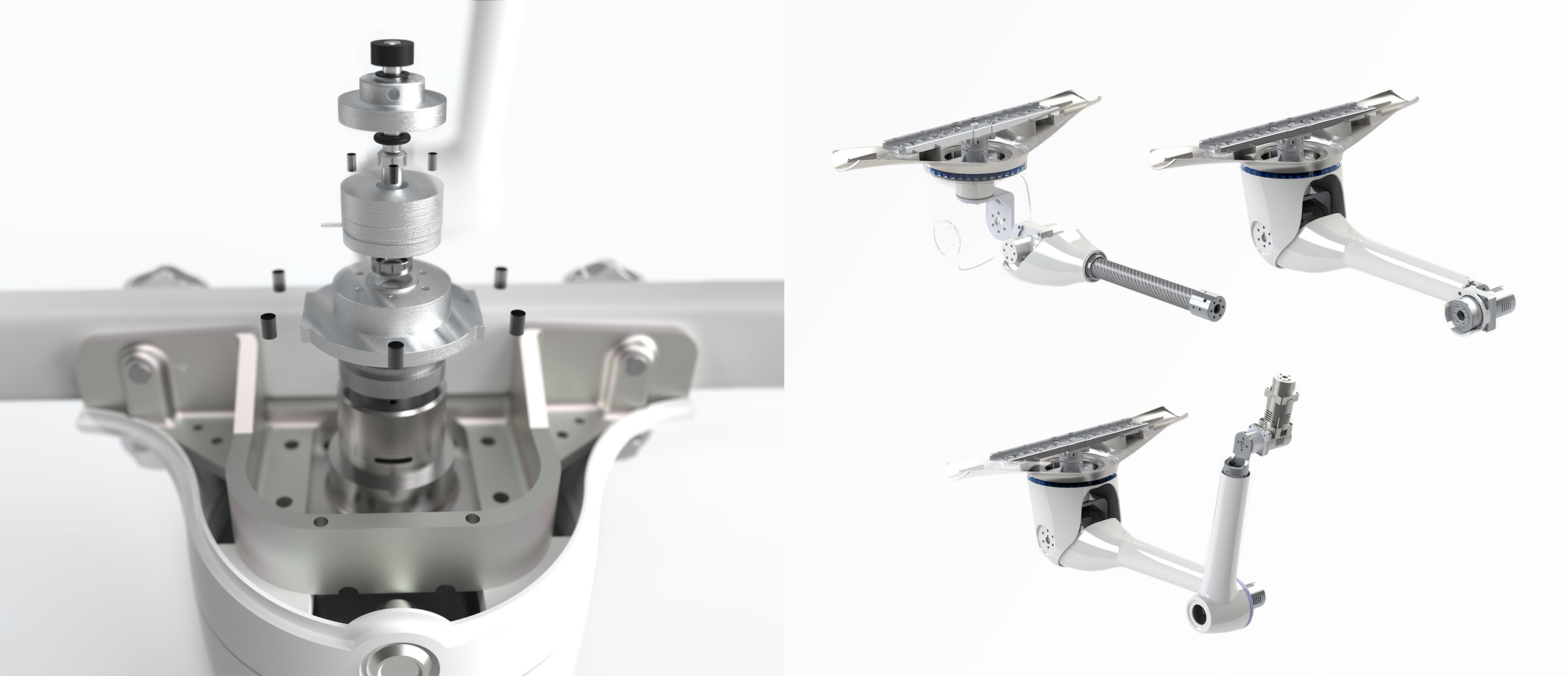
Robotics give surgeons a much greater degree of precision and freedom, but fatigue, poor posture and tiredness are inevitable parts of any surgeon’s life. On top of these problems we faced the dilemma of creating a totally new surgical experience. How could we intuitively translate the skills and techniques of experienced surgeons into the user interface of ICL’s robot?
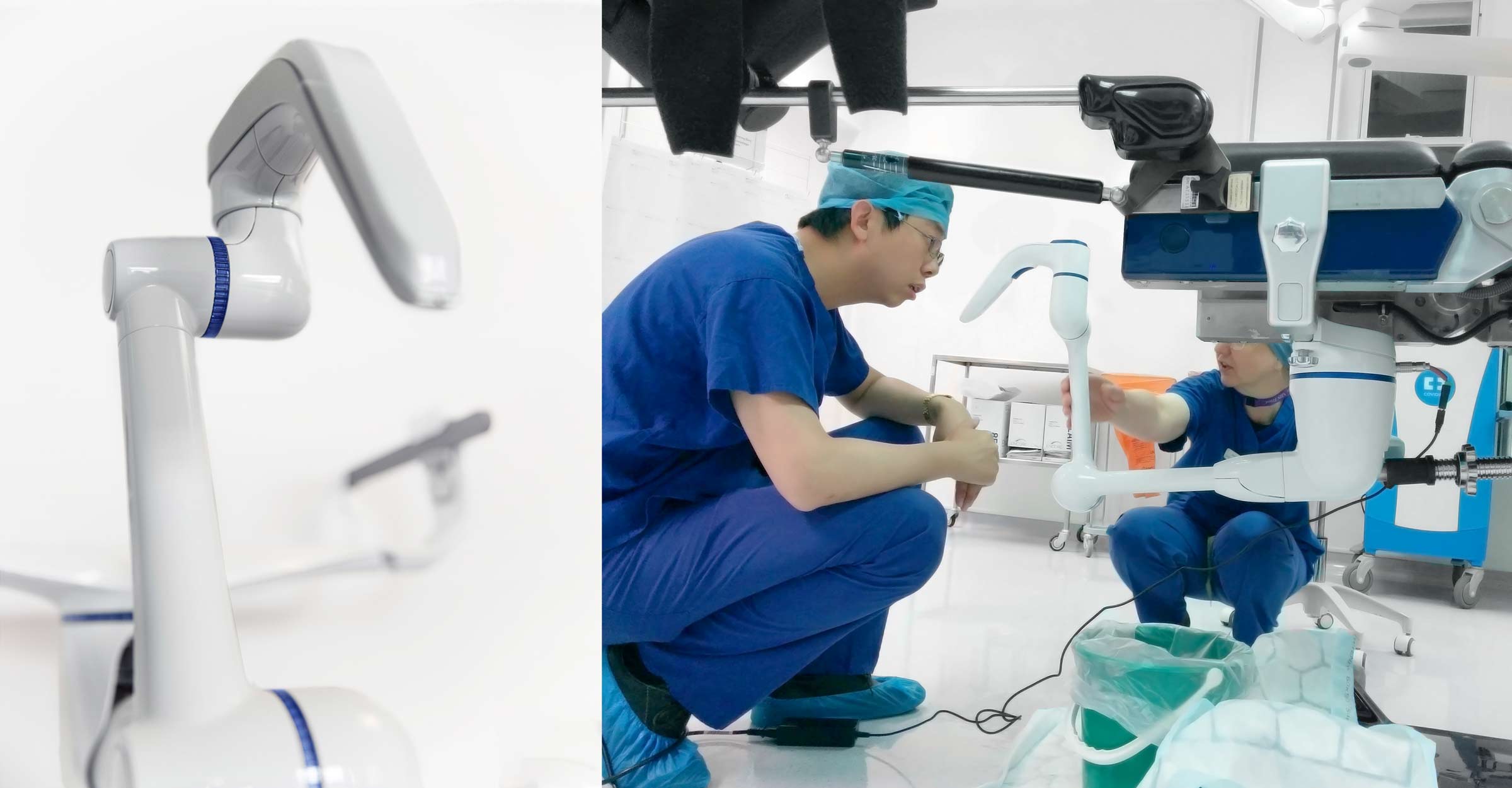
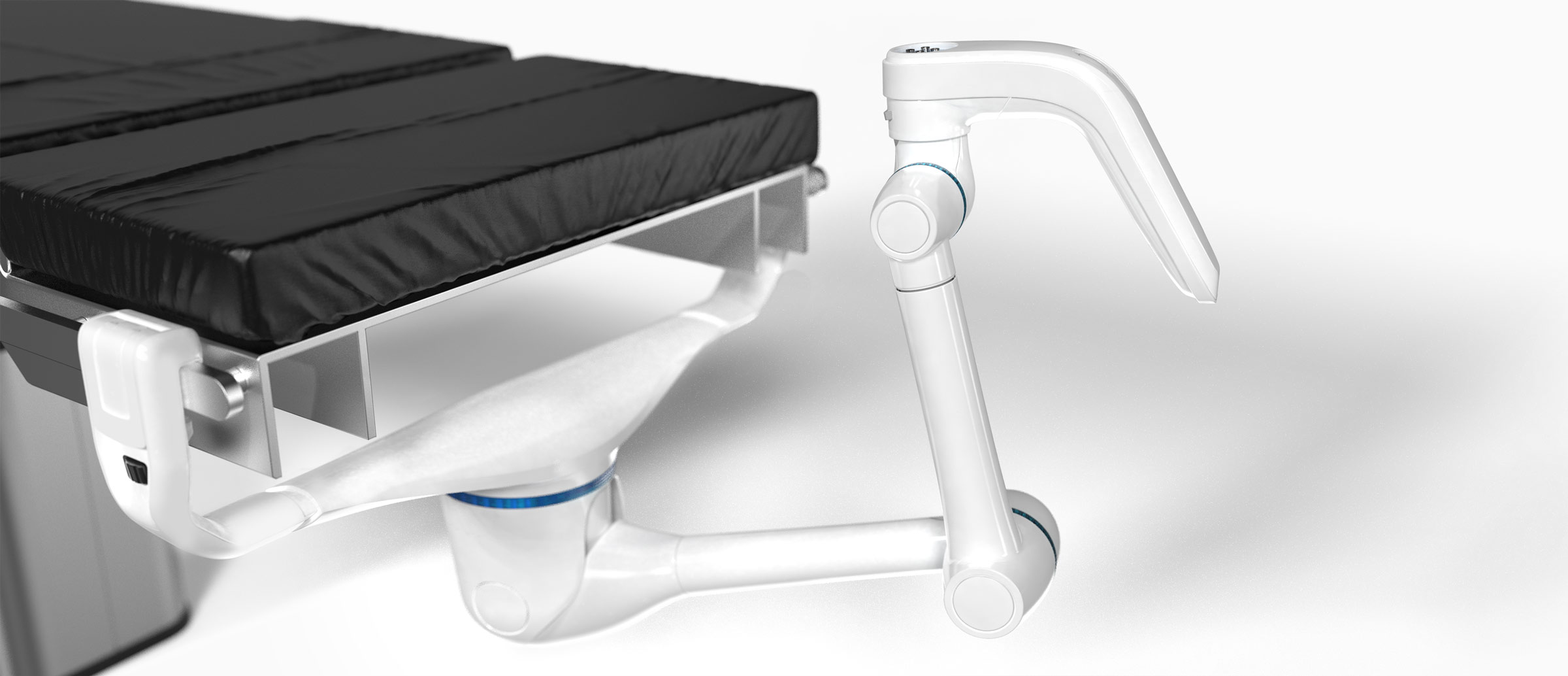
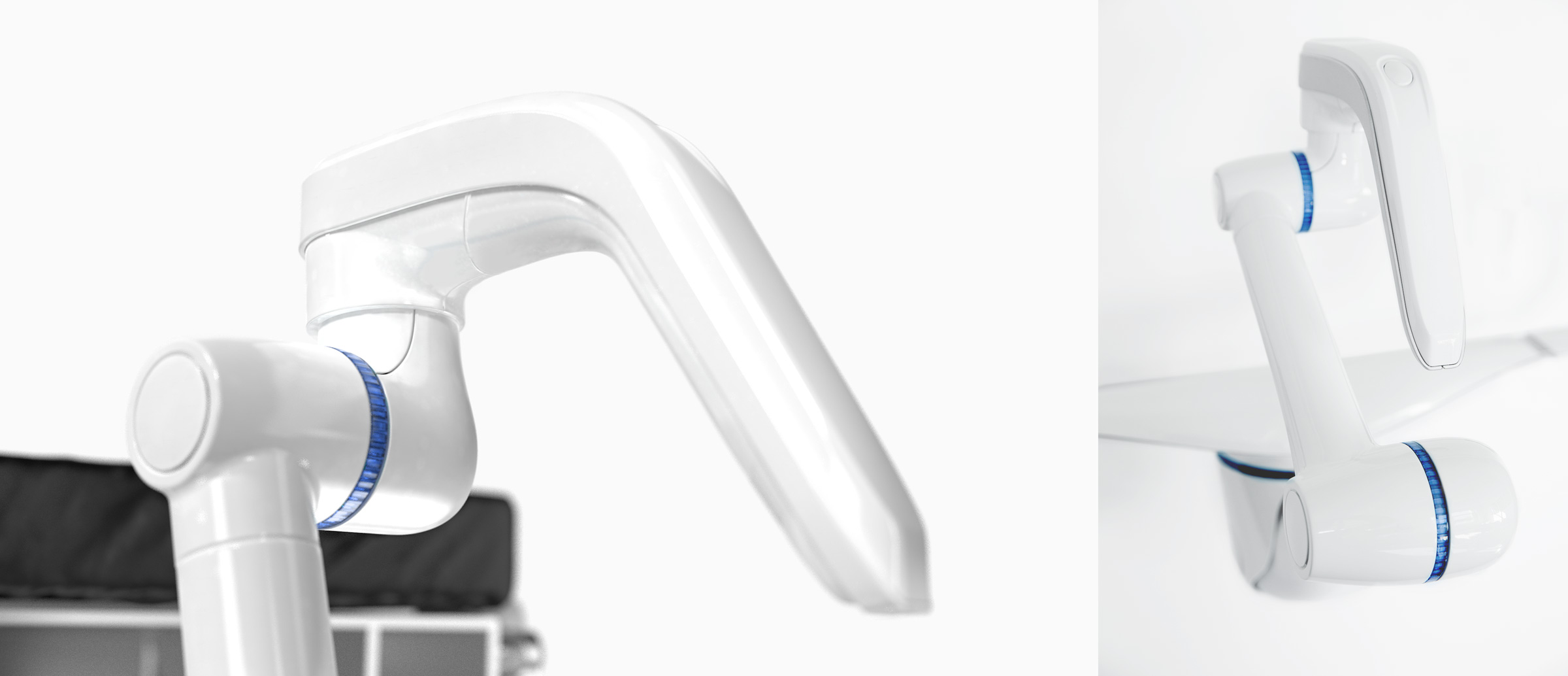
Smallfry designers spent hours observing surgeons in the operating theatre. It became clear that a small annoyance during an 8 hour operation could become substantial pain for the surgeon. Testing prototypes was essential for creating an interface that avoided these annoyances and that surgeons could instinctively utilise.
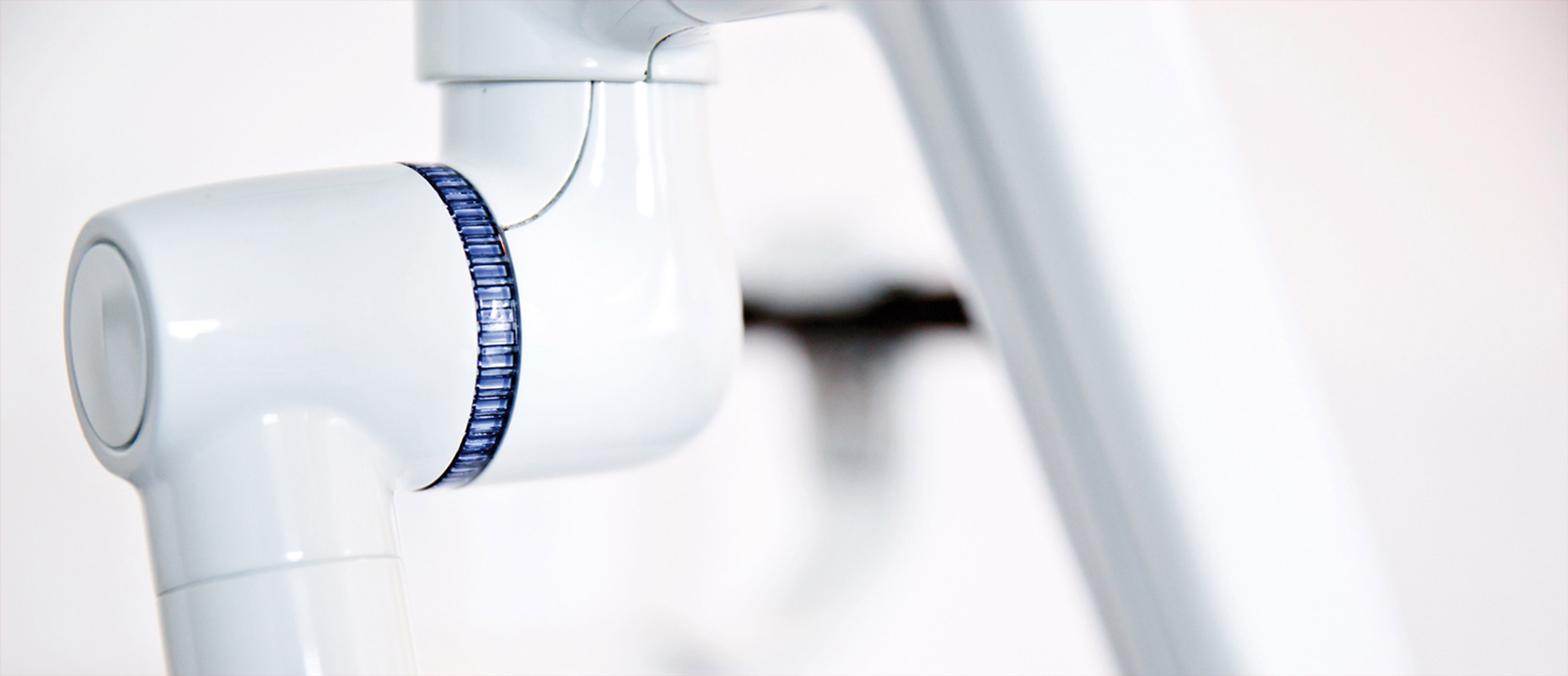
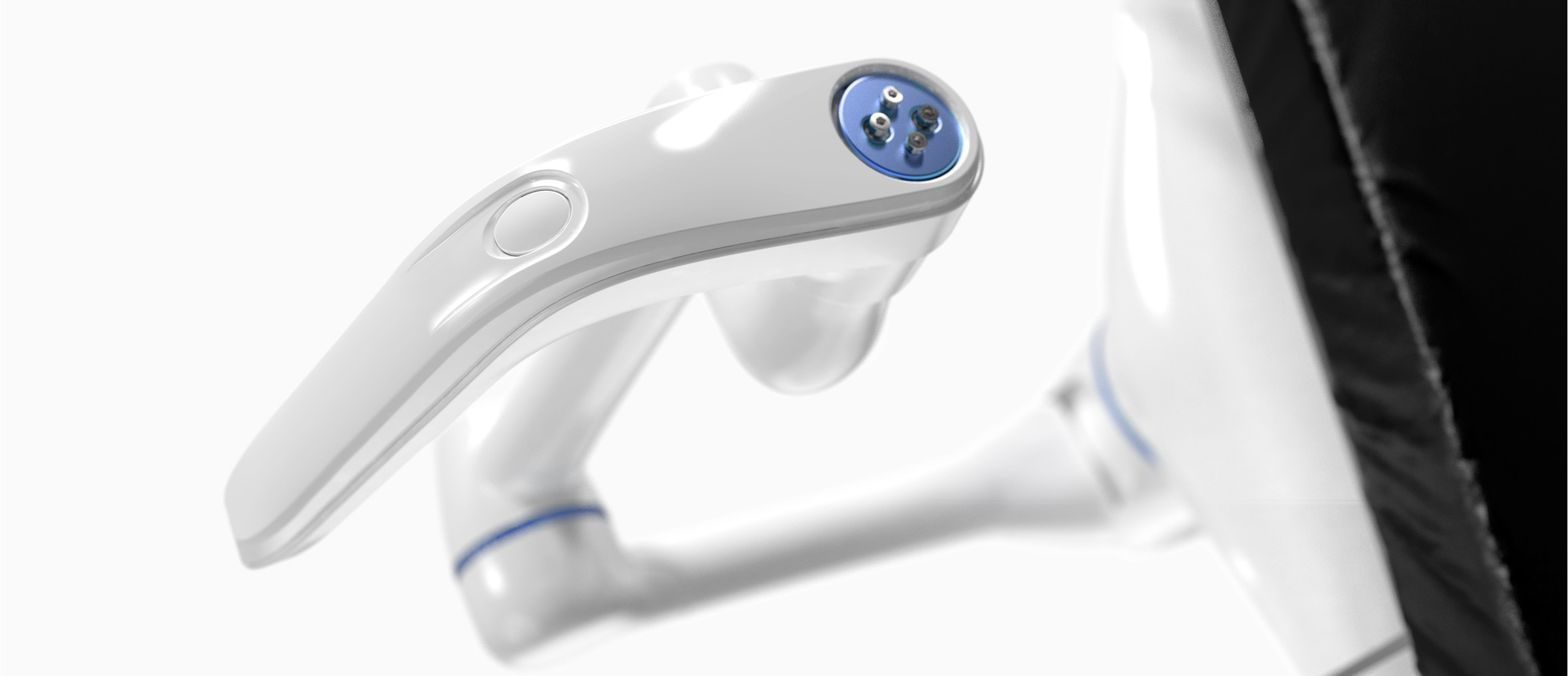
Smallfry’s user centred approach to robotics and surgical device design made the transformation from ‘hands-on’ expert interventions to robot assisted surgery an intuitive one for surgeons. Our engineering team defined and sourced all the necessary mechanical components, working alongside ICL robotic expertise to build the first production batch. Having been CE marked, the product went on to perform very well in clinical trials. It now serves as a successful example of how university IP can translate into an effective “spin out” opportunity.
